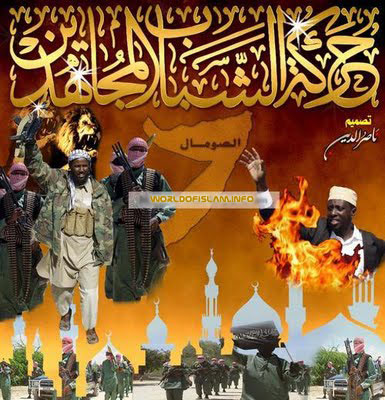|

The
War in Somalia:
The U.S. and
Ethiopian militaries have "a close working relationship," Pentagon spokesman
Lt. Cmdr. Joe Carpenter said.
Advisers
from the Guam national guard have been training Ethiopians in basic infantry
skills at two camps in Ethiopia, said Maj. Kelley Thibodeau, a spokeswoman
for U.S. forces in Djibouti.
There are
about 100 U.S. military personnel currently working in Ethiopia, Carpenter
said.
As early as last April
Germany�s ambassador to Somalia, Walter Lindner, wrote a public letter
condemning the indiscriminate use of air strikes and heavy artillery in
densely populated parts of Mogadishu, the systematic rape of women, and even
the bombing of hospitals. By now, the Ethiopian Army�s attempts to terrorize
the residents of Mogadishu into submission have driven 600,000 of them � 60
percent of the population � to flee the city.
United States opposition
to the formation of an Islamic Somalia led to the CIA making secret
payments to aid Somali warlords in early 2006 organized under the name
Alliance for the Restoration of Peace and Counter-Terrorism (ARPCT).
Disclosure of these payments to warlords helped galvanize the ICU's
opposition and created public support for the Islamists amongst Somalis.
This led directly to fueling the Second Battle of Mogadishu, fought
between May and June 2006. The result was the driving of the ARPCT
forces from Mogadishu, and the militant rise of the ICU.
Video : No
Peace without Islam

Gallery:

|